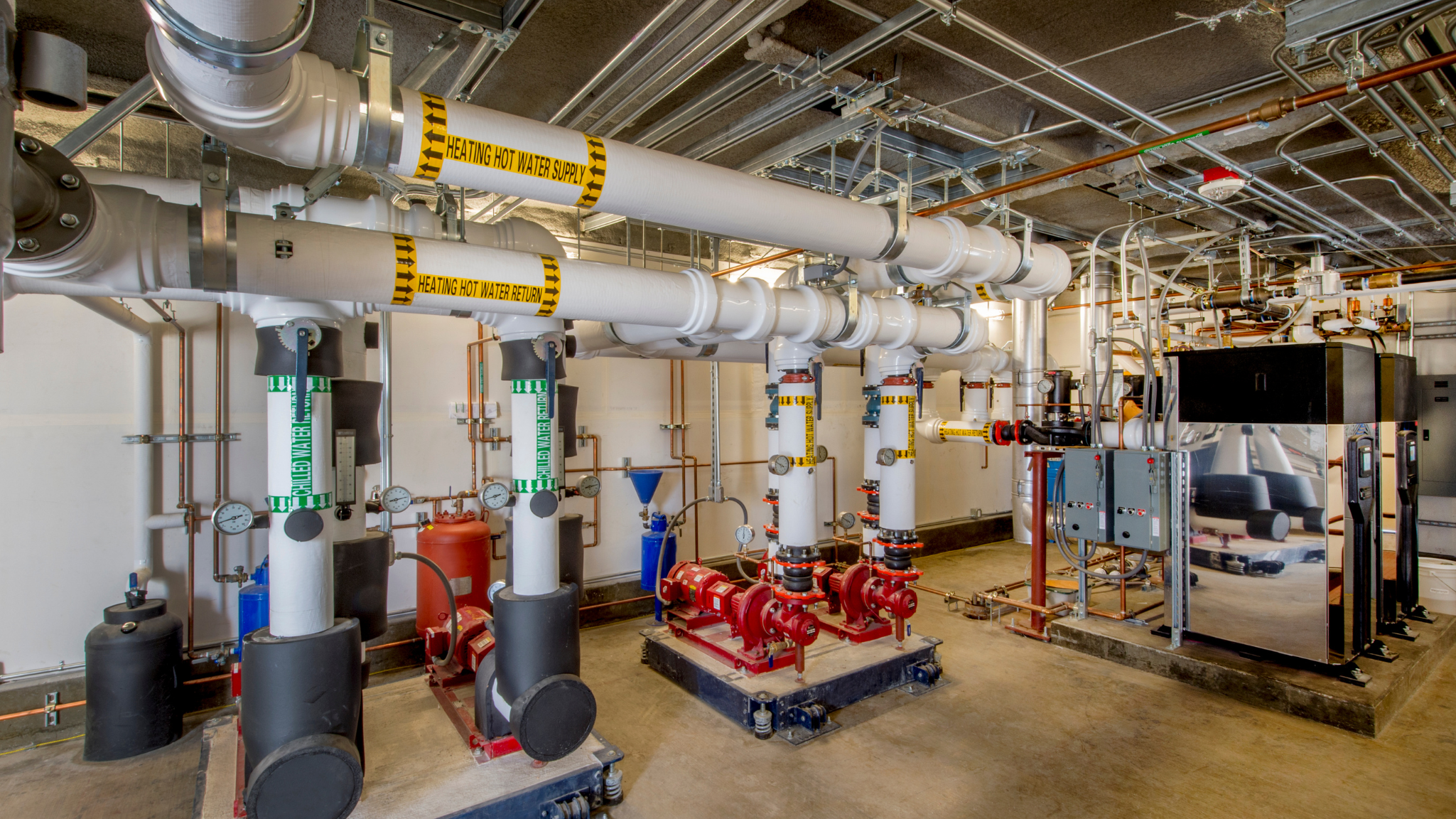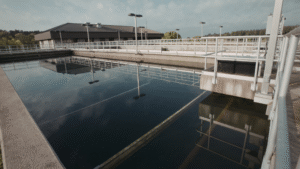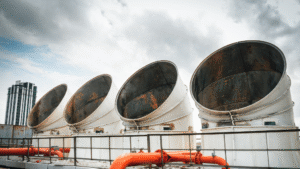In industrial water treatment, especially in steam boiler systems, one of the most persistent threats to equipment life is oxygen. Even small amounts of dissolved oxygen in boiler feedwater can lead to aggressive oxygen corrosion, attacking metal surfaces, reducing system efficiency, and shortening asset lifespan. That’s why oxygen scavengers are an essential chemical used to protect systems by chemically removing residual oxygen before it can do damage.
But not all oxygen scavengers work the same way. The key distinction lies in whether they are catalyzed or uncatalyzed. Understanding the difference helps you make a smarter, safer choice for your operation.
Why Dissolved Oxygen Needs to Be Controlled
Water, by nature, can carry oxygen in solution when introduced into a high-temperature system, such as a boiler. This oxygen reacts with iron, copper, or steel to form rust and scale. This oxidation process doesn’t just weaken the metal surfaces, it also interferes with heat transfer, increases blowdown frequency, and raises the risk of unplanned downtime.
Corrosion can be accelerated by other factors: fluctuating temperature, presence of moisture, or exposure to air during idle or startup phases. Effective oxygen scavengers keep these risks in check by reducing oxygen levels in the system water to near-zero.
Catalyzed Oxygen Scavengers: Speed and Precision
Catalyzed oxygen scavengers contain a chemical additive called a ‘catalyst’ that dramatically speeds up the scavenger’s reaction with oxygen. These oxygen scavenger products are typically used when oxygen must be removed quickly, such as during system startups, low-temperature operation, or in systems with variable flow.
Their ability to completely remove oxygen in short timeframes makes them ideal for boiler systems with tight control needs or limited residence time. Catalyzed oxygen scavenging formulations are often sulfite-based and require careful dose rate management to avoid overfeeding.
Benefits of catalyzed scavengers:
- Rapid reaction time
- Ideal for systems under load or at low temperatures
- Supports faster system turnover during start-up
- Minimizes corrosion risk in dynamic conditions
Uncatalyzed Oxygen Scavengers: Stability and Compatibility
Uncatalyzed oxygen scavengers react more slowly with oxygen, making them a better fit for steady-state systems or processes where chemical stability is more important than speed. These products are often preferred in industries where product safety is paramount, such as pharmaceutical products, foods, or vitamins. In these applications, the slower reaction rate minimizes unwanted interactions with other ingredients.
Uncatalyzed chemical scavengers also find use in packaging, especially as oxygen absorbers in sealed environments where moisture and air control are essential to extending shelf life such as boilers.
Benefits of uncatalyzed scavengers:
- Lower risk of overfeeding
- Better suited for food and pharmaceutical-grade applications
- Provides stable oxygen control in controlled environments
- Compatible with a wider range of materials and other products
Selecting the Right Scavenger for Your System
When choosing between catalyzed and uncatalyzed scavengers, consider the operating profile of your boiler system. Factors such as system temperature, oxygen load, contact time, and material compatibility all play a role in selecting the best approach.
Use catalyzed scavengers when:
- Rapid oxygen removal is critical
- The system starts and stops frequently
- There are performance demands on steam quality
Use uncatalyzed scavengers when:
- You need a slower, more controlled reaction in your water treatment
- You’re working with sensitive materials or regulated pharmaceuticals
- Your system runs at a stable temperature and flow rate
How ETI Helps You Decide
At ETI, our chemical and application specialists work directly with customers to analyze system needs and customize water treatment applications. Whether you need fast-acting protection in a high-pressure boiler or a food-safe additive for oxygen control in packaging, we provide tailored catalyst oxygen scavenger blends backed by expert formulation and system treatment knowledge.
Learn more about our oxygen scavengers for boiler systems and ETI’s custom blending and formulations excellence.
Partner with ETI for Smarter Oxygen Control
Corrosion doesn’t wait. Let ETI help you take control with the right chemical oxygen scavenger for your operation. Our team can recommend the ideal formulation to match your system, your industry, and your goals.





